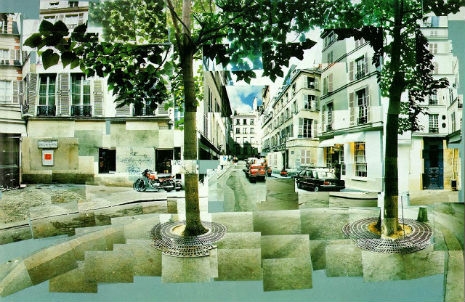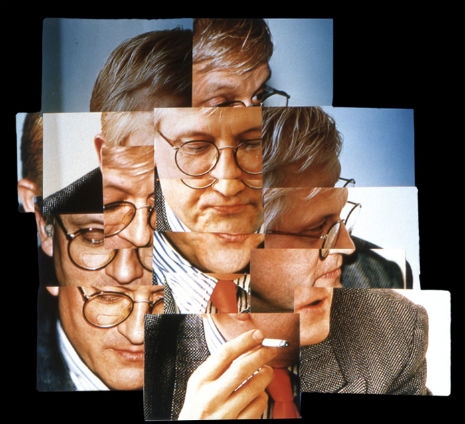
During discussions for an exhibition of his personal photographs, David Hockney hit upon a new way of making pictures. Alain Sayag, of the Pompidou Center in Paris, had visited Hockney at his LA home in the 1970s and was looking through the 100-odd photo albums, when Hockney realized the photographs had “cheated,” as they had not captured a true sense of the events they depicted.
“I had become very, very aware of this frozen moment that was very unreal to me. The photographs didn’t really have life in the way a drawing or painting did, and I realized it couldn’t because of what it is.
“Compared to a Rembrandt looking at himself for hours and hours of scrutinizing his face, and putting all these hours into the picture you’re going to look at, naturally there’s many more hours there than you can give it.
“A photograph is the other way round, it’s a fraction of a second, frozen. So, the moment you’ve looked at it for even four seconds, you’re looking at it far more than the camera did.
“It dawned on me this was visible, actually, it is visible, and the more you become aware of it, the more this is a terrible weakness; drawings and paintings do not have this.”
That night, after Sayag had left, Hockney started taking Polaroids of his home and studio. He took multiple pictures, concentrating on some areas and ignoring others. Hockney then selected the photos he wanted to use. He placed these onto a board, then arranged them by the same decisions of “line and form” that he used when drawing a picture. The end result Hockney called a “Joiner,” a multiple photographic portrait of a place or individual, which gives the viewer a better sense of space and time than any ordinary snapshot.
“Joiners” owed much to Cubism—an association Hockney found to be a “turn-on.”
In 1983, Melvyn Bragg’s art series The South Bank Show visited Hockney at his LA home, where the artist was filmed as he created a “Joiner” portrait especially for the documentary. Hockney used this “Joiner” to show the difference between a single snap or a filmed sequence.

Don Bachardy and Christopher Isherwood
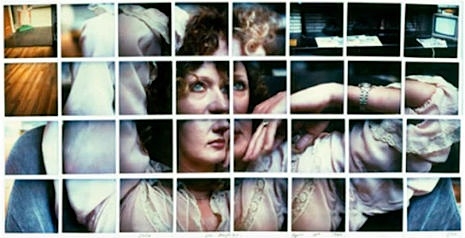
Celia Birtwell
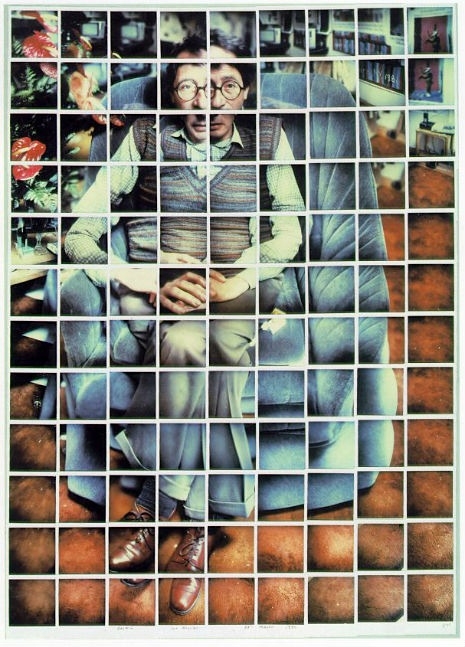
Kasmin
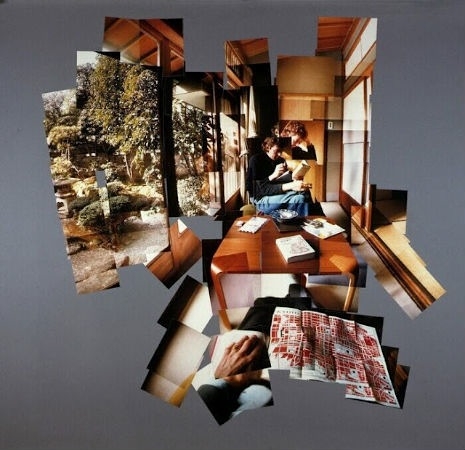
Gregory and David

